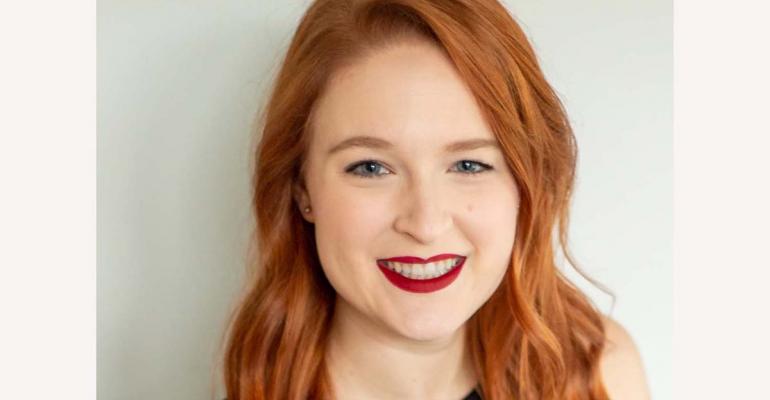When you’ve created an incredible event experience, one of the biggest thrills is being able to relive that magic via the photos and videos taken that day.
Capturing the exact images and video that a client wants isn’t always easy, even for a professional. There is a lot of movement throughout the day, and it's important to make sure everyone is on the same page. I know the struggle from both sides, as I’m often the event photographer as well as the media manager for our company’s creative services team.
Behind every incredible post on social media or spectacular event photo gracing our website or marketing pieces, there’s a five-step process that can help provide the best results.
1. Decide on what is most important and the format you need it captured in.
How will you be using the photos or videos from your event? Are these for social media or your company’s website and marketing materials? Will they be used to show potential clients the scope of your abilities? Will these images and video be used in support of submissions for industry awards?
Knowing exactly how these images and clips will be used makes the following steps much easier. Your needs might change from one event to the next but defining them beforehand creates clarity for everyone from the beginning.
2. Talk to your client--and get specific.
When you work with corporate clients, they may have restrictions regarding media capture at their events. The best way to determine this is to approach your client via email and communicate your goals for the media from this event.
Some clients may have no restrictions at all, but others might request that guests’ faces, or company logos not appear in the images. Other clients may want to limit the time frame of when the photographer will have access to the event space.
If capturing logos while photographing is unavoidable, you might be able to offer to have them blurred or removed in the final version of the images.
Having this conversation in advance and in writing offers both you and your client valuable peace of mind and clear expectations.
3. Develop your list.
Before meeting with your photographer and/or videographer, create a list of any specific shots or moments that are more important for them to capture.
You know best how the event will flow and what elements will be the most impactful. Do you want to capture the overall look/transformation of the venue or the views from the space? Is there decor or interactive elements that you’re particularly excited about? Before the event begins, are you looking for images of your team making the magic happen in the room, coordinating with vendors and ensuring that everything is running smoothly?
Developing a clear list means that you can easily communicate to your media professionals where you need them to be and when, as well as what their focus should be during the event.
4. Meet with your media team.
Prior to the event, meeting with your photographer and videographer is essential to your success.
This is your chance to share with them the vision and purpose for the event, any concerns the client has expressed, and to review your list of desired images and video in detail. The better their understanding is of the venue and the vision for the event, the better your photographer and videographer will be able to support you. Given this additional time and information, they might even be able to suggest their own creative ideas for getting the most from this event. During this meeting, you can also develop a strategic plan for the media team’s time, ensuring that their presence is utilized in an efficient and cost-effective way.
Finally, discuss with your team the time frame for receiving the media from your event, whether the images and footage will be raw or edited, and in what format it will be provided. Some photographers will provide access to an online gallery where you can download the images or will provide a physical hard drive or USB storage device that is shipped to you.
If you have a deadline where you need to have the event media in hand, be sure to clearly communicate that. This meeting is the ideal time to ensure that you are covering all your bases with your media team and aren’t left with any questions unanswered.
5. Execute on the day of the event.
This is where all of your planning comes to fruition. By completing the preceding steps, you, your client and your media team will know exactly when and how to make the most of the opportunities provided during this event (or events).
As you move through the load-in and the flow of the day, let your media team know when the lighting for each space is finalized. Once the room is set, the photographer and videographer can move in and capture the look of each space as guests will experience it. If you have the opportunity to allow your media team complete freedom in the room for 10-15 minutes once everything is set and before guests arrive, you’ll not only delight them with the opportunity to flex their creative muscles, but you’ll give them the chance to provide even more exciting images you might not have anticipated.
By considering your needs and crafting a plan in advance, almost every event can provide beautiful media that can be used to further your goals.
A graduate of James Madison University, Sarah Peterson is creative services manager at Washington-based CSI DMC, included on the latest Special Events “25 Top DMCs.” She spearheads media management, including the internal digital asset management system and the company’s social media presence. Prior to joining CSI DMC, she ran her own business as an independent photographer.



